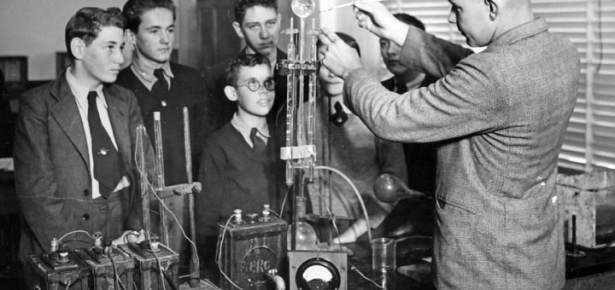
There are three Golem books: The Golem, The Golem at Large and Dr Golem. The first two are now Canto Classics. The Golems are about the nature of science and the strange title reflects the Prague Golem of Jewish mythology interpreted as a clumsy rather than a wicked creature and thus a metaphor for science: we want to get away from the idea of science as a running to an exact formula. Thus the books are intended to introduce audiences to science as a social activity. For example, the way science makes new knowledge through experiment and experimental replication is treated as a matter of social agreement about what counts as a good experiment; this aspect of science cannot be separated from the results of the experiments themselves. This kind of analysis of science began in the middle of the 20th century. It was initially an esoteric approach but is now quite well established among social scientists, historians and philosophers. The Golems took it to a wider audience, notably scientists.
The Golems each contain seven chapters – each a case study of the unfolding of a piece of interesting science. The chapters are based heavily on others’ work and explore cases of famous and not-so-famous pieces of pure science: the first Golem addresses the detection of gravitational waves, the foundations of relativity, the supposed chemical transfer of memory, the sex life of lizards, the discovery of solar neutrinos, the historical debate over the spontaneous generation of life and the relatively recent debate over cold fusion. The second, 1998, book looks at technology, or at least sciences that are more applied, and includes studies of the Challenger explosion, the success or failure of the Patriot anti-missile missile, the meaning of the test that involved crashing a train into a nuclear fuel flask, the non-reliability of econometric modelling of economies, and so on. The third, 2005 Golem deals with medical dilemmas and controversies such as that over the efficacy of vitamin-C as a treatment for cancer and anti-vaccination campaigns.
The first book in the series was conceived by Harry Collins as a result of a chance encounter with a text. In the previous decade the sociology of scientific knowledge (SSK) had been established and was making waves and attracting enemies. Collins was a pioneer of the subject with Pinch joining him in the mid-1970s. When he was a kid, Collins’s father, who would probably have become a scientist if personal circumstances had been different, told him the story of Eddington’s eclipse observations. He told it as an exciting adventure story which showed through the careful measurement of the bending of light rays that Einstein’s theory of relativity was right. In the late 1970s or early ‘80s Collins came across the paper by Earman and Glymour which re-told the Eddington story as a matter of conflicting interpretations of evidence. Collins suddenly realised that what, for him, has always been an iconic story of the type that was hard to fit with SSK, had been re-told in a way that fitted exactly with the SSK model. Furthermore, it had been told that way, presumably unwittingly, by rationalist philosophers who detested the SSK approach. Collins decided that the Earman and Glymour paper, had to be shown to a wide audience. Combining it with other such stories in a semi-popular way seemed to be a way to do it that would also reveal that SSK interpretation was immanent in the history of science more than the prejudices of the authors. The Eddington paper now constitutes half of The Golem’s Chapter 1.
Once we had mustered the courage to re-present the brilliant work of others, the chapters became a real pleasure to write. We felt we were not only bringing many beautiful studies to a wider audience but writing them in a way that would appeal to students who were unfamiliar with sociological thinking; we tried to bring the sociology in ‘under the wire’, as it were, with no heavy theory or referencing, letting the facts speak for themselves – a nice irony given the overall theoretical position being subtly advanced.
The original Golem was such a success that it led to a series. Some of the individual articles have led us on to extended arguments. For instance the Golem at Large article about the Challenger explosion has led us into an argument with a philosopher about whether the fault was with the management who were said to have over-ruled the engineers and insisted on a cold-weather launch or with the politicians, who thought it expedient to say that the shuttle was now so safe that it was a good idea to sit an ordinary schoolteacher on top of hundreds of tons of explosive and set light to it. Our view is that to treat a machine as complex as the shuttle as though it was as safe as an airplane was politically irresponsible. Thus, though the most of the articles are based on others’ research, in writing them we have often found ourselves engaged in original analysis of secondary sources – other notable examples being the chapters on the Patriot missile, the vitamin C-controversy and the placebo effect. There is even a chapter – the one on vaccination – which is a brand-new case study.
The books have been particularly useful in teaching, especially in the case of introductory classes taken by scientists, engineering students and by pre-meds. Here the case studies themselves grip the students, providing real life examples of cutting-edge science, technology and medicine which are accessible and which enable them to examine critically their own encounters with science, technology and medicine. Here our “sociology under the wire” strategy has been notably successful, allowing teachers and students themselves to draw their own lessons and conclusions, without feeling burdened by the latest theoretical fashions in Science and Technology Studies.
We hope there will be more Golems.
Latest Comments
Have your say!